Join us on the Rocky Mountaineer through the stunning Canadian Rockies. Enjoy breathtaking views and impeccable service—what an unforgettable experience!
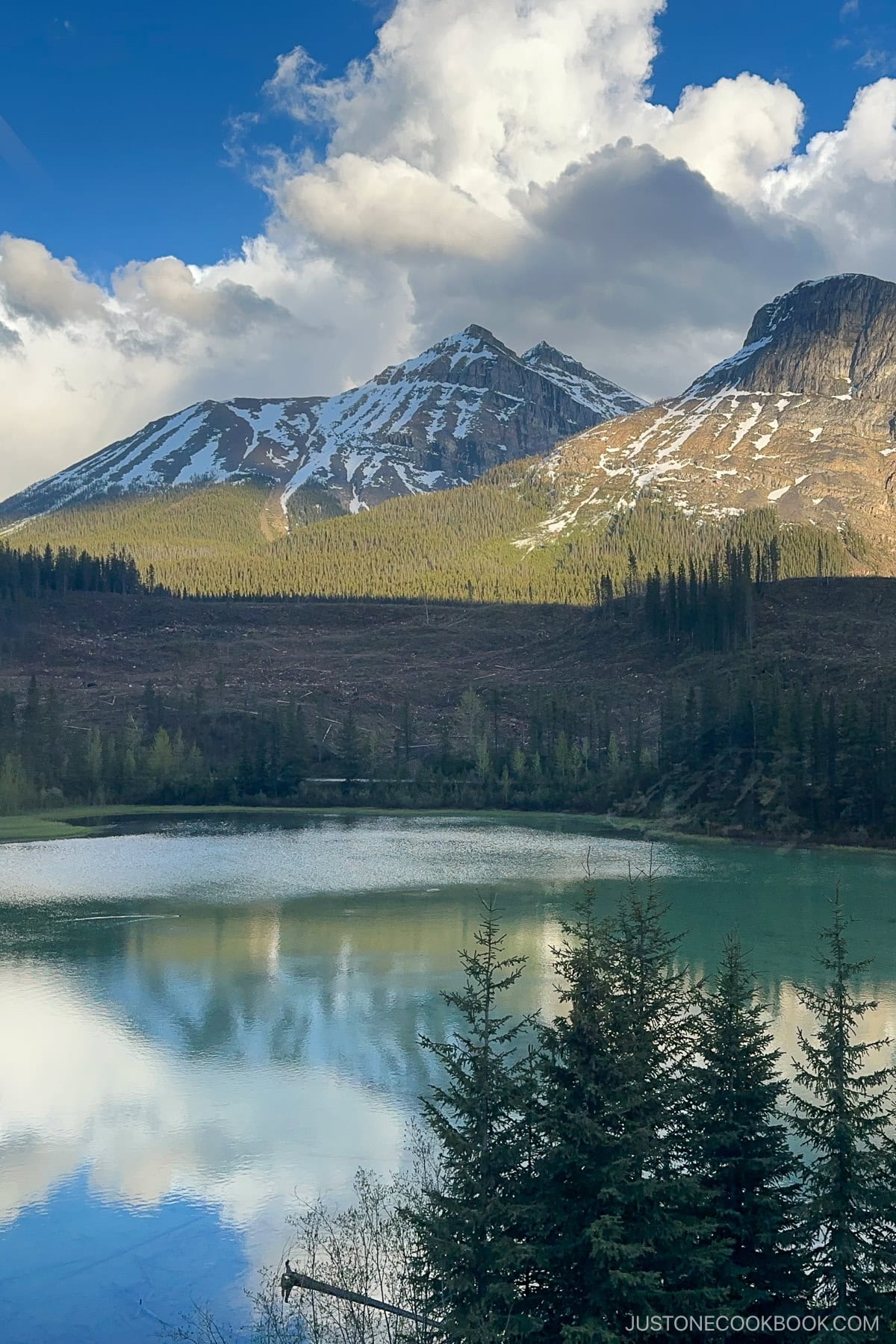
Table of Contents
Adventures in Canada
We recently took the Rocky Mountaineer, a passenger-only train that travels from coastal British Columbia deep into the cloud-scraping Rocky Mountains of Alberta. And what a journey it was! The trip takes several days to complete, and we even added a few extra days to explore the mountains by rental car.
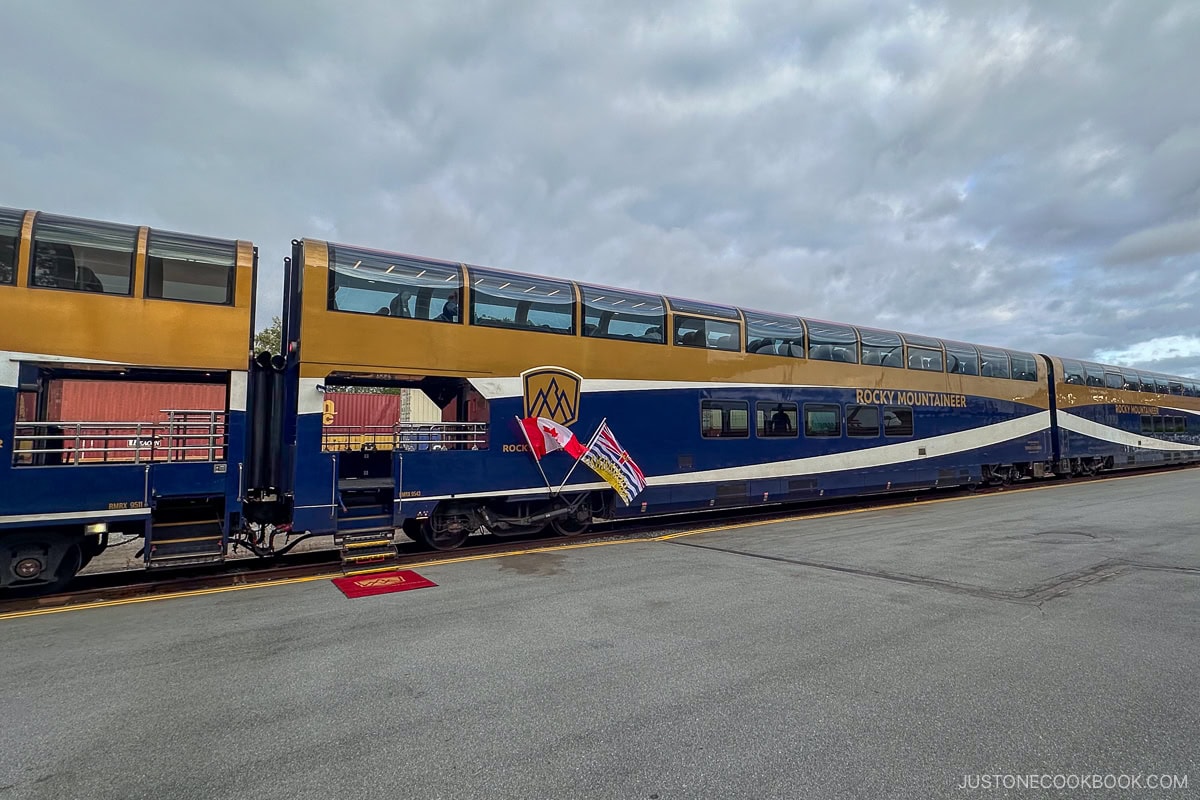
Our entire trip would be too extensive to write up in one post, so I’ve divided it into two parts: Vancouver to Banff (part one) and Lake Louise to Jasper (part two). Let’s begin with our journey from our departure point: Vancouver, British Columbia, Canada.
Getting Started
Vancouver is situated at sea level—right on the Pacific Ocean—but is also nestled against impressive coastal mountain ranges. Looking at the mountains that encircle the city, I saw firsthand why this train trip is billed as one of the most scenic in the world: The Rocky Mountaineer would be creeping its way up and over some challenging peaks before we even began our ascent of the daunting Rocky Mountain range.
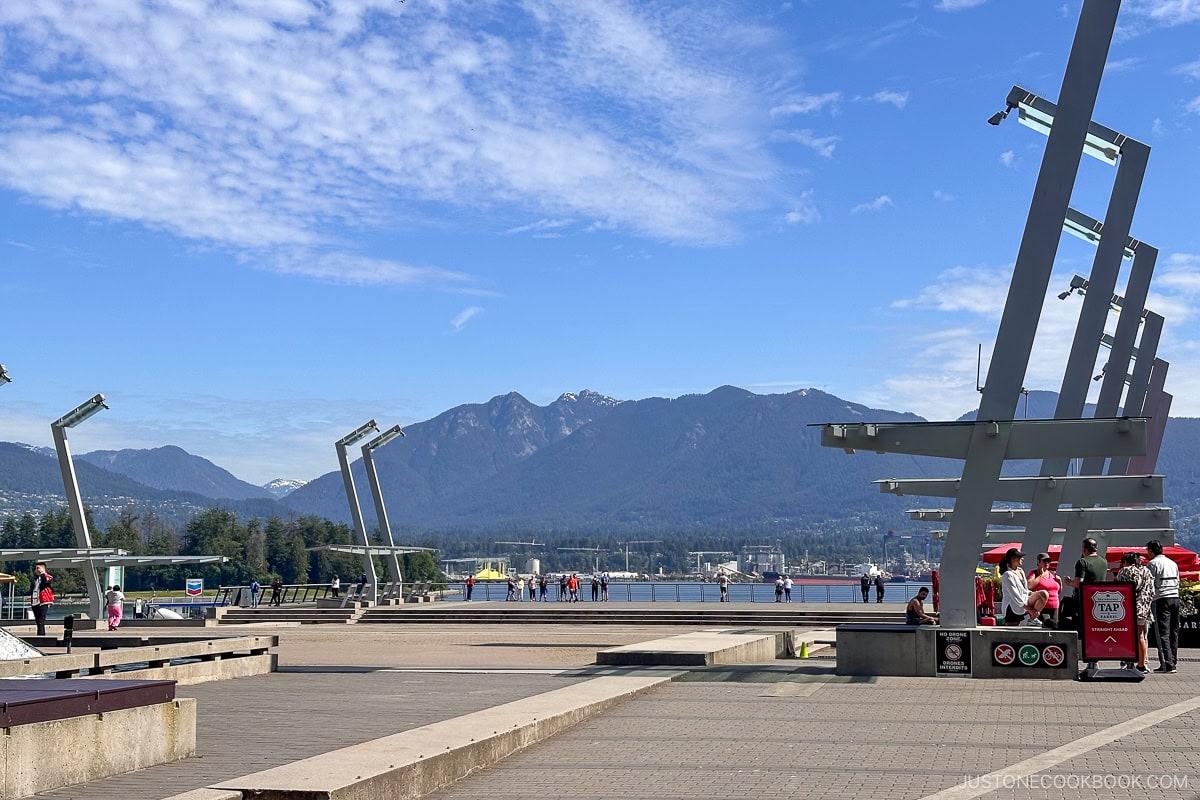
Our Itinerary
The Rocky Mountaineer journey we selected is a two-day trip with an overnight stop along the way. We will travel from Vancouver to the small alpine town of Banff, Alberta, high in the Rockies.
Day One: Vancouver, British Columbia to Kamloops, BC
8 am departure, 7 pm estimated arrival
Day two: Kamloops, BC, to Banff, Alberta
6:50 am departure, estimated arrival to Banff at 9:30 pm
Our departure day started early, with the assigned shuttle bus picking us up from our downtown Vancouver hotel at 6:45 am. It was slightly overcast, with mild temperatures ideal for a day of sightseeing. When we arrived in the hotel lobby, the Rocky Mountaineer team informed us that the shuttle bus had broken down, but they had a taxi ready to take us to the station. Smooth operation!
The train departs from the heart of Vancouver in a cavernous train station dedicated exclusively to the Rocky Mountaineer. It wasn’t difficult to figure things out since we had checked in the previous day and had been assigned a train car number. After waiting for about 30 minutes in the station, we excitedly boarded our train.
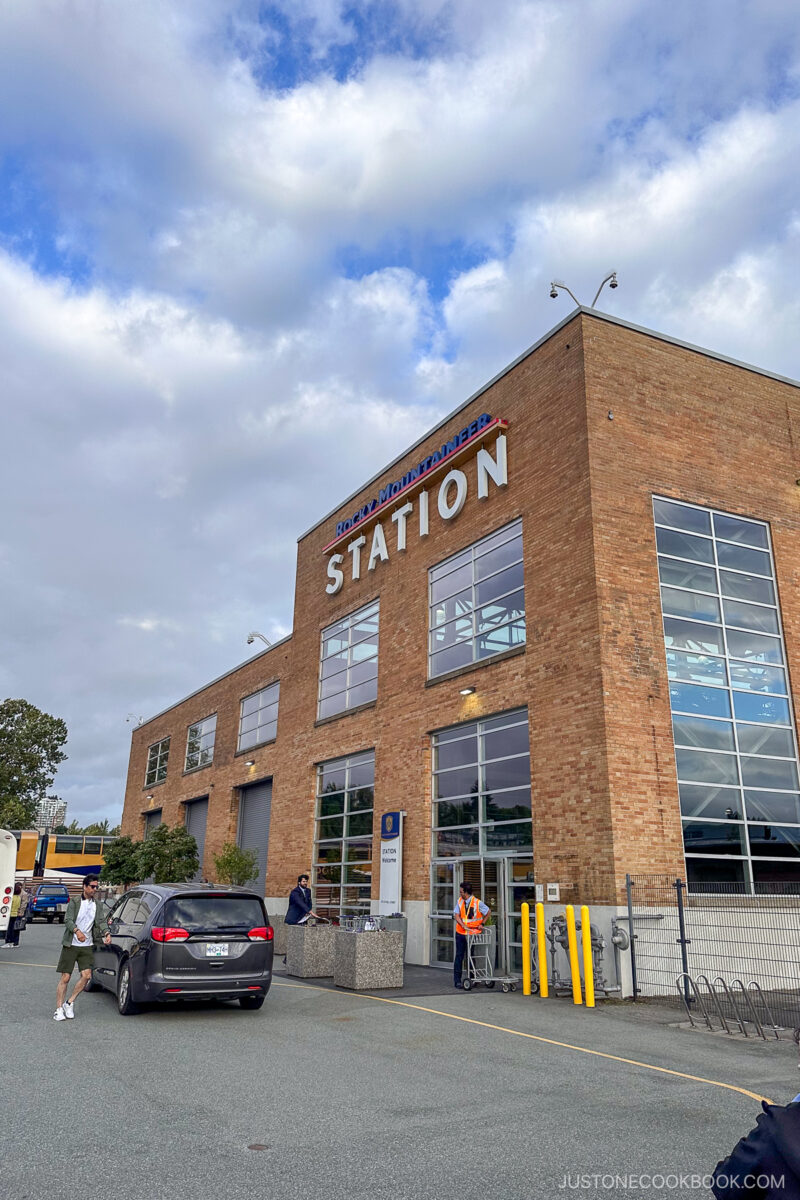
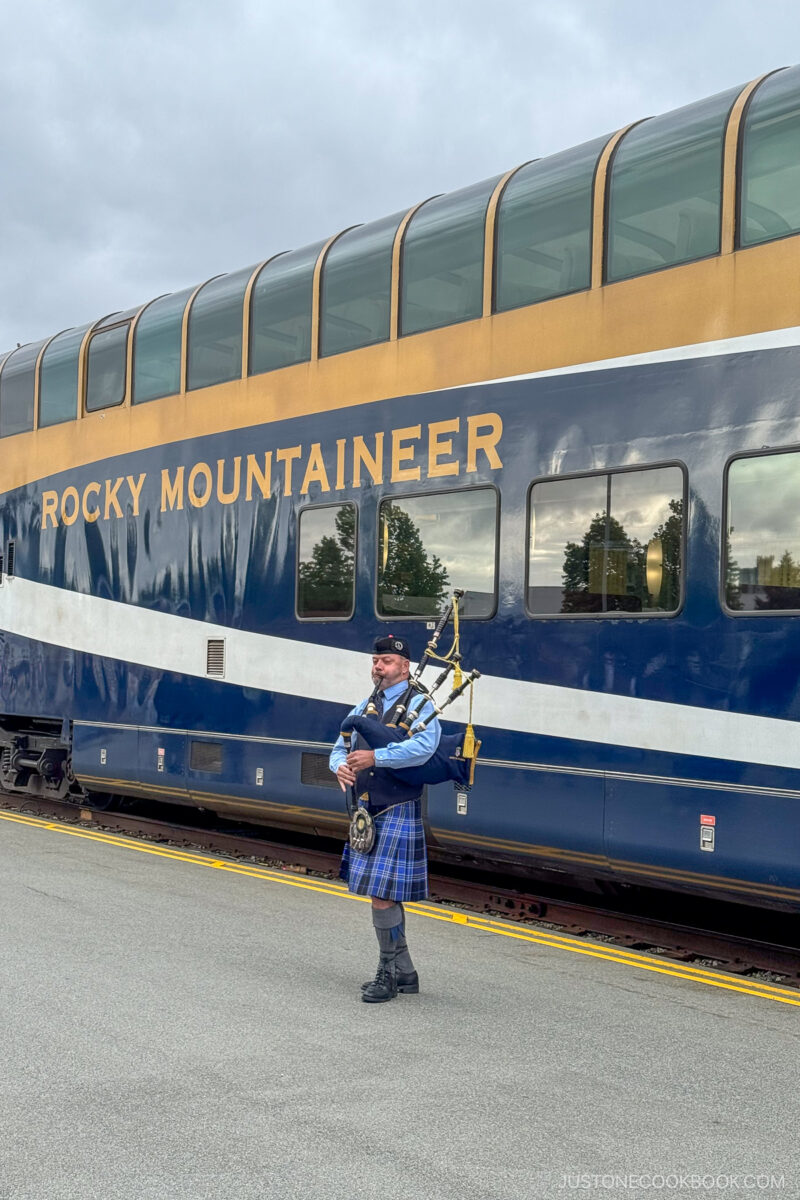
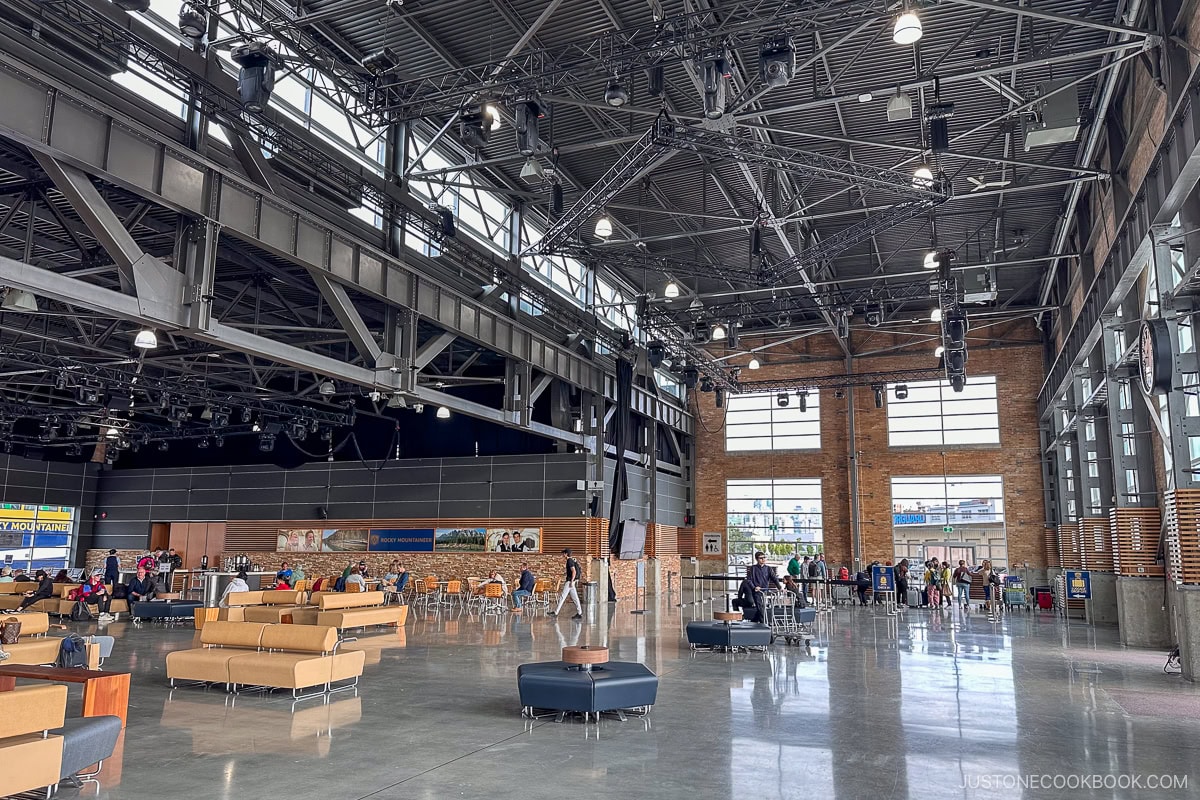
Picking Our Seats
There are two tiers available to travelers, and we chose the GoldLeaf service. This is considered the better option because the seats are located on the top of a double-decker train car, with the roof of the luxury car encased in domed glass, offering a near-unobstructed view of the scenery.
After our trip, we realized it was a smart choice. Throughout the route, trees taller than a single-deck train car sometimes blocked the views. Being higher allowed us to see the scenery from above the trees.
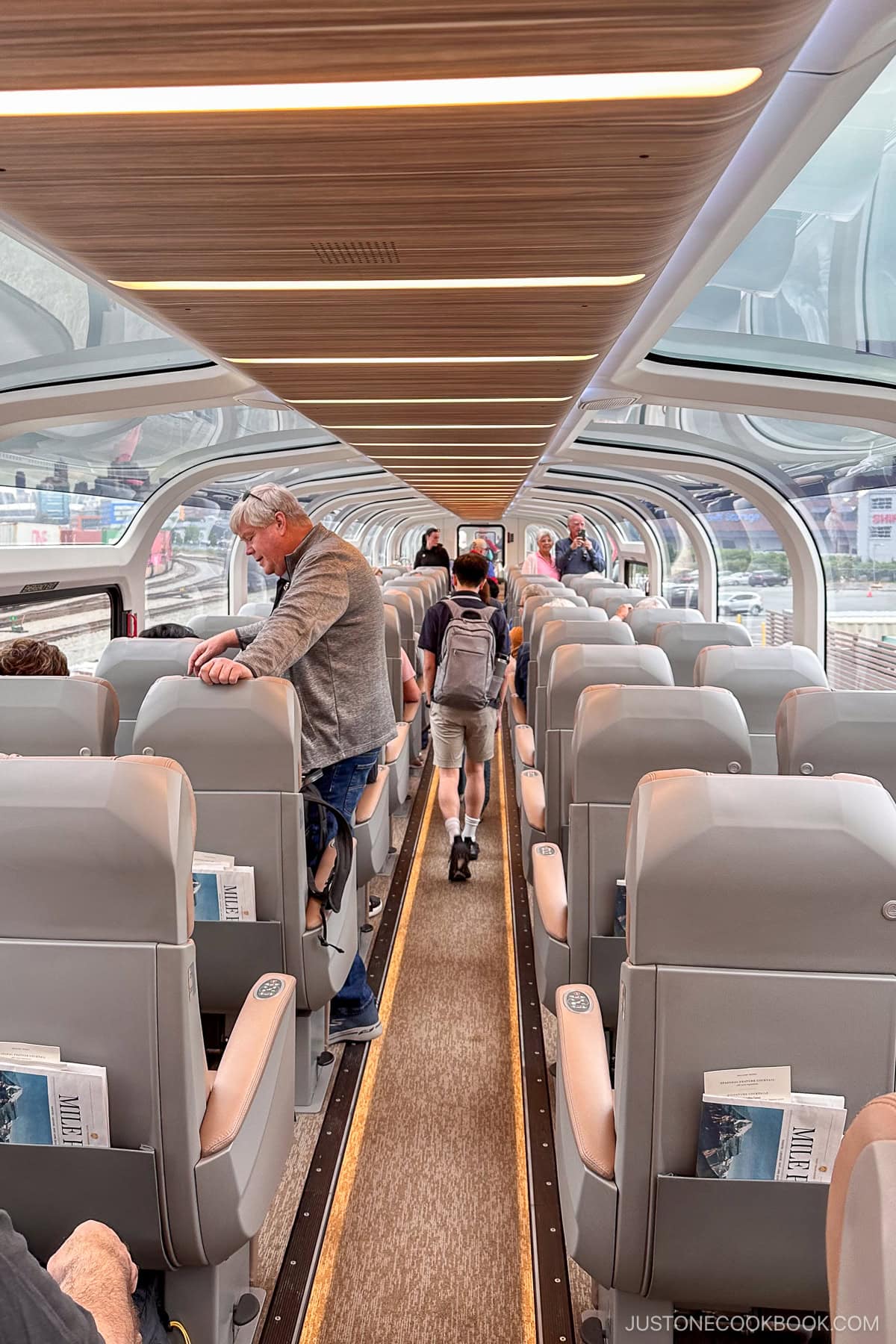
GoldLeaf Service
The GoldLeaf service offers luxury heated recliner seats for 72 passengers per car, with snacks and beverage service delivered right to your seat. These cars also feature a lower-level dining room. Guests are served hot breakfasts and lunches in the dining room, as well as light dinners from a limited (but still impressive) selection of meals. Since the dining car accommodates only 36 passengers, guests alternate days for those who get to dine first.
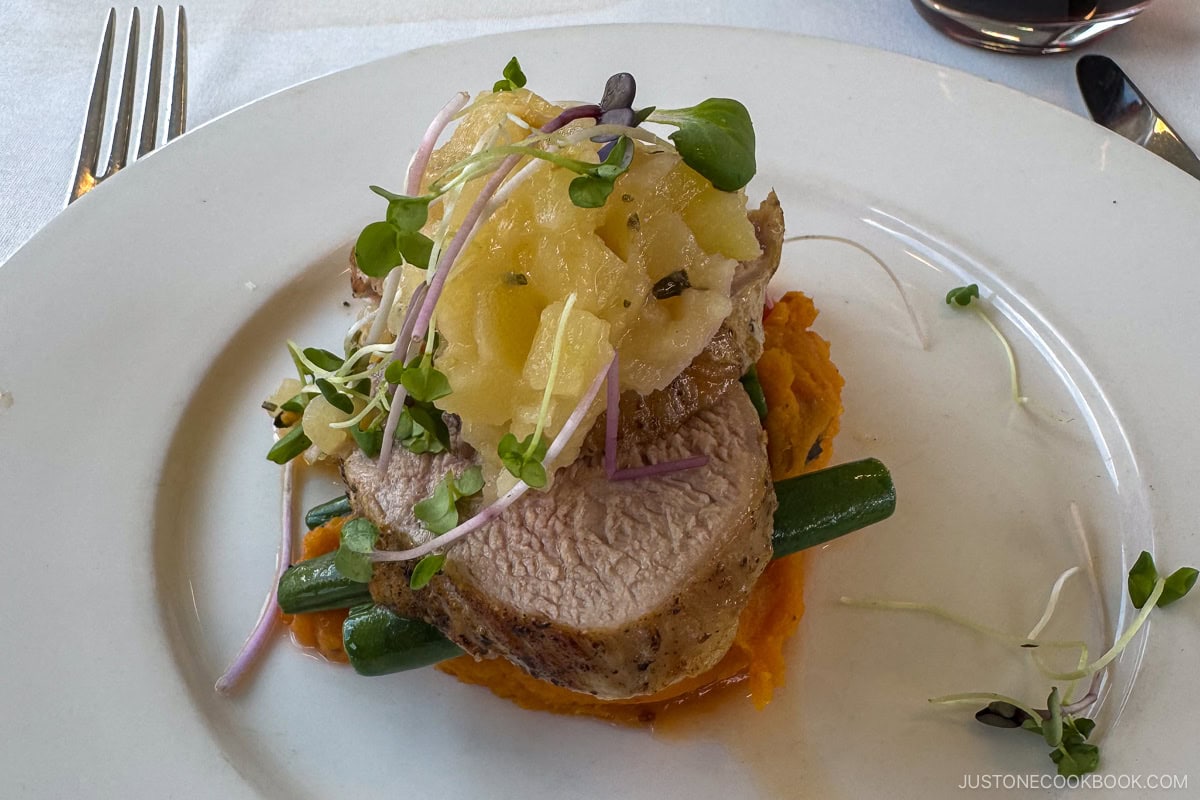
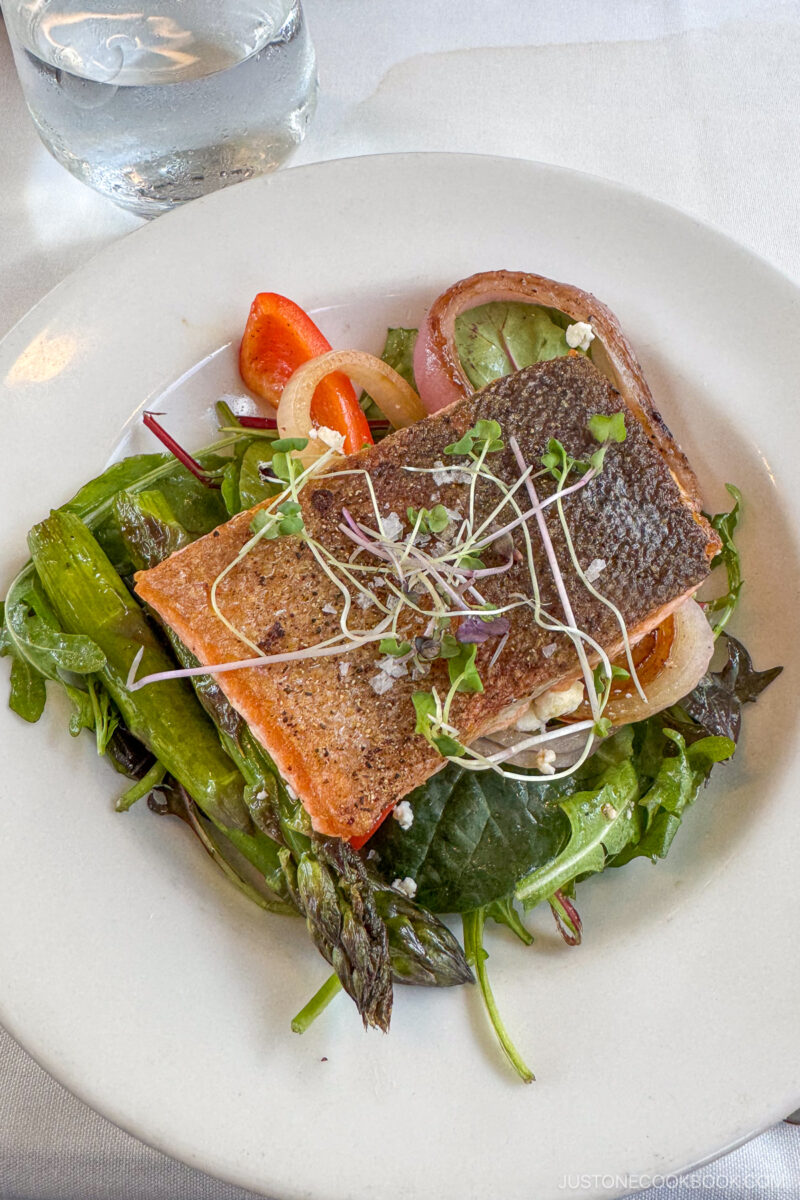
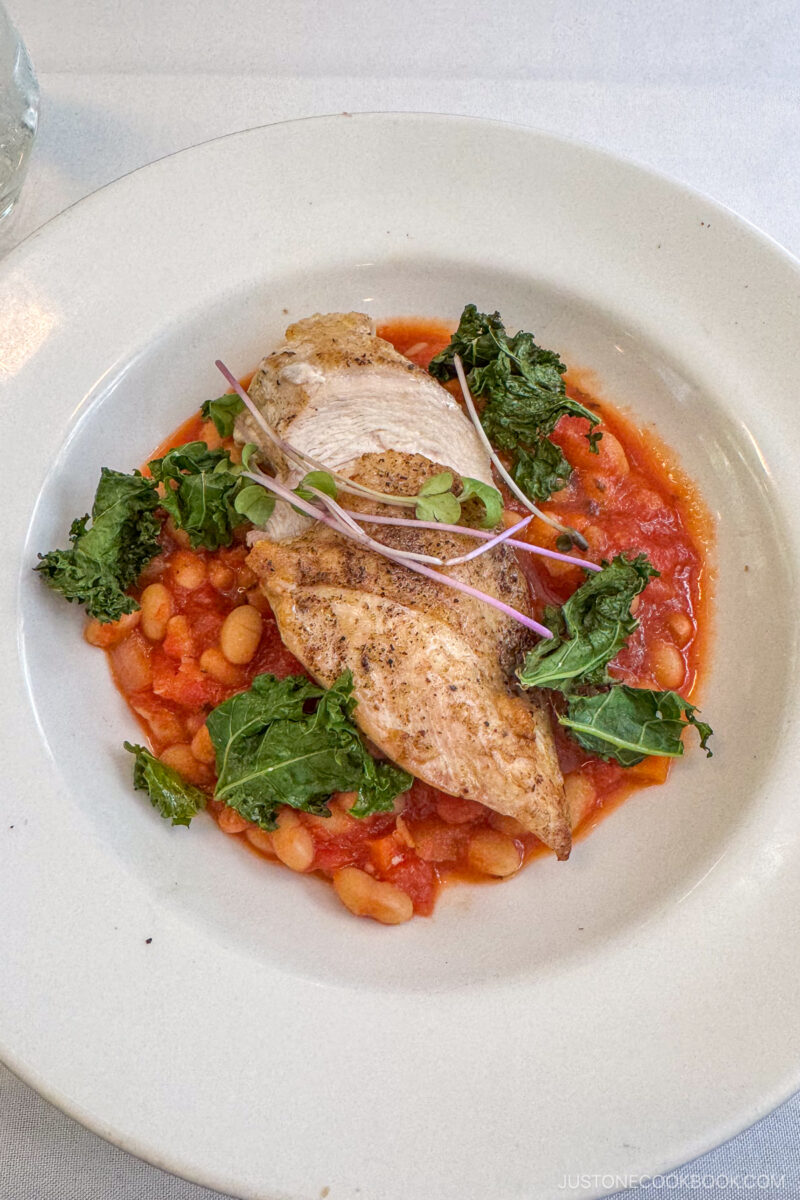
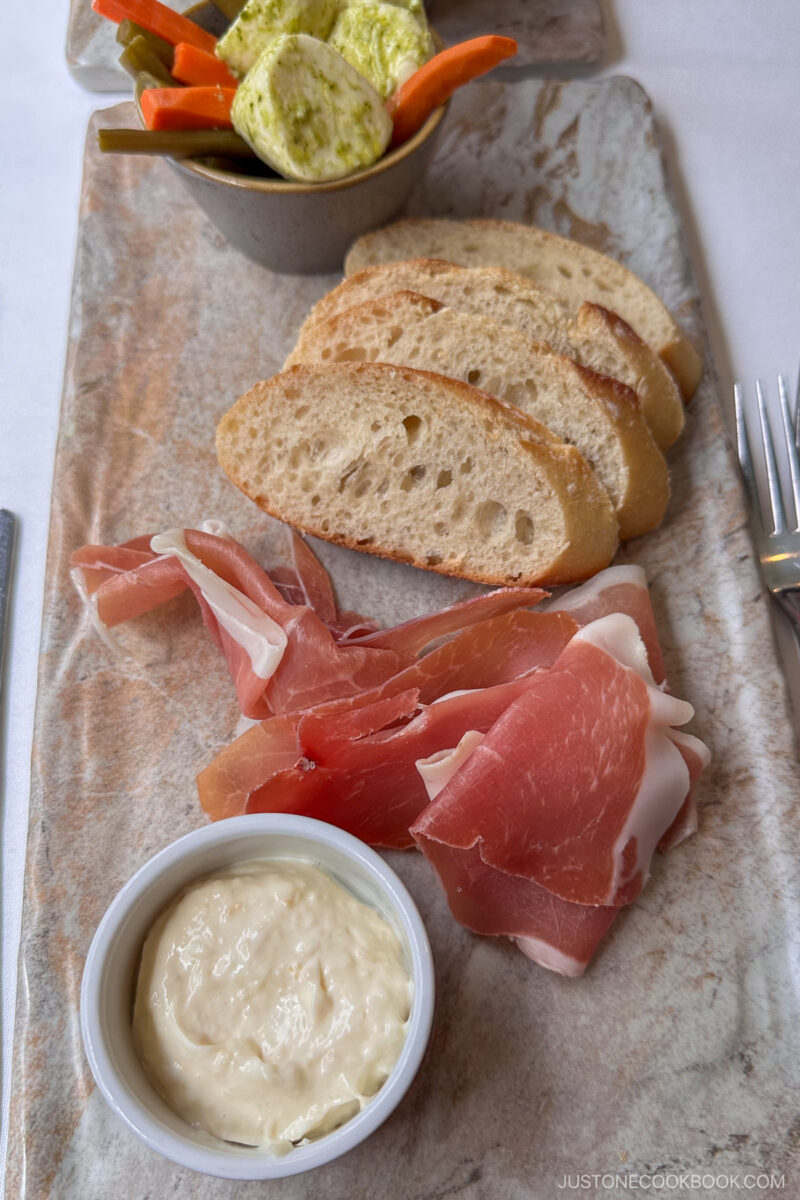
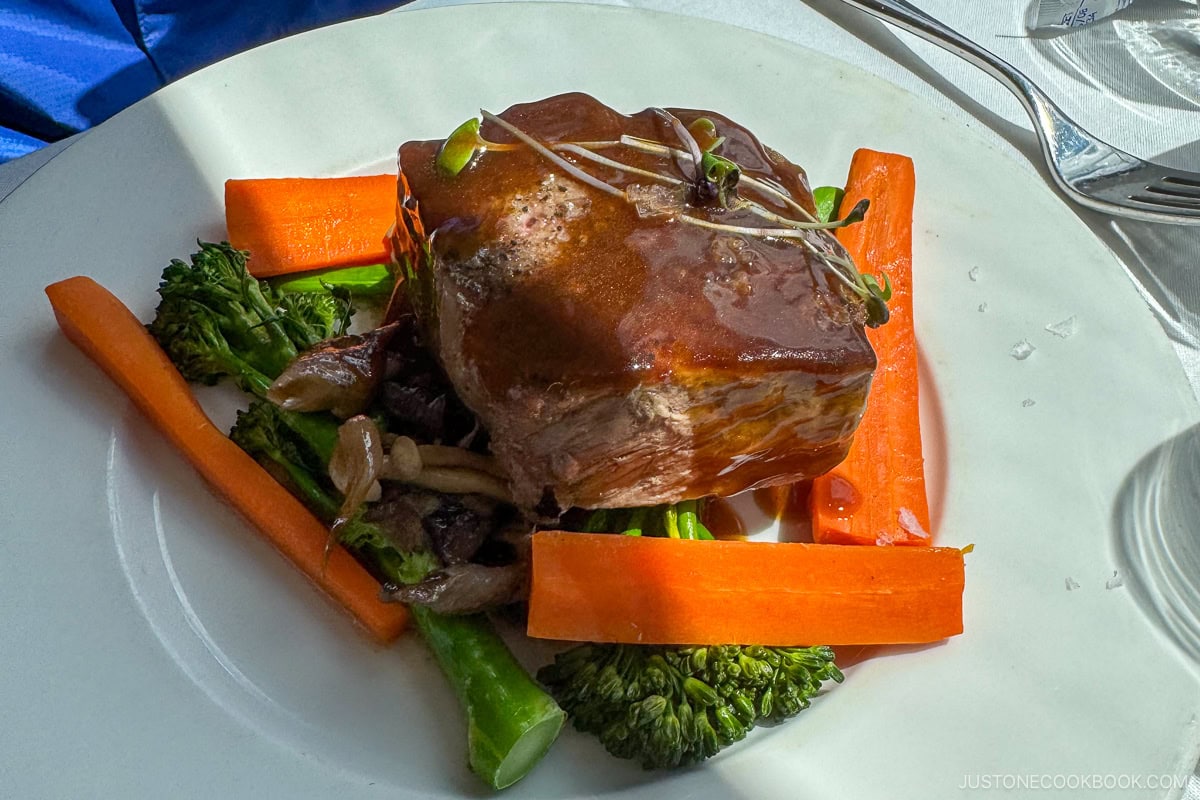
The gourmet meals and beverage choices offered were excellent, so we felt thoroughly pampered. The super friendly and knowledgeable train staff, who also double as tour guides, described the upcoming scenery and points of interest, which was very helpful in understanding some of the regional history. One thing to note is that, since it’s a glass roof, the sun can become quite uncomfortable depending on the weather and time of year. We recommend bringing a large hat just in case.
On each train, there’s an open-air vestibule area where passengers can feel the wind and see the scenery without barriers.
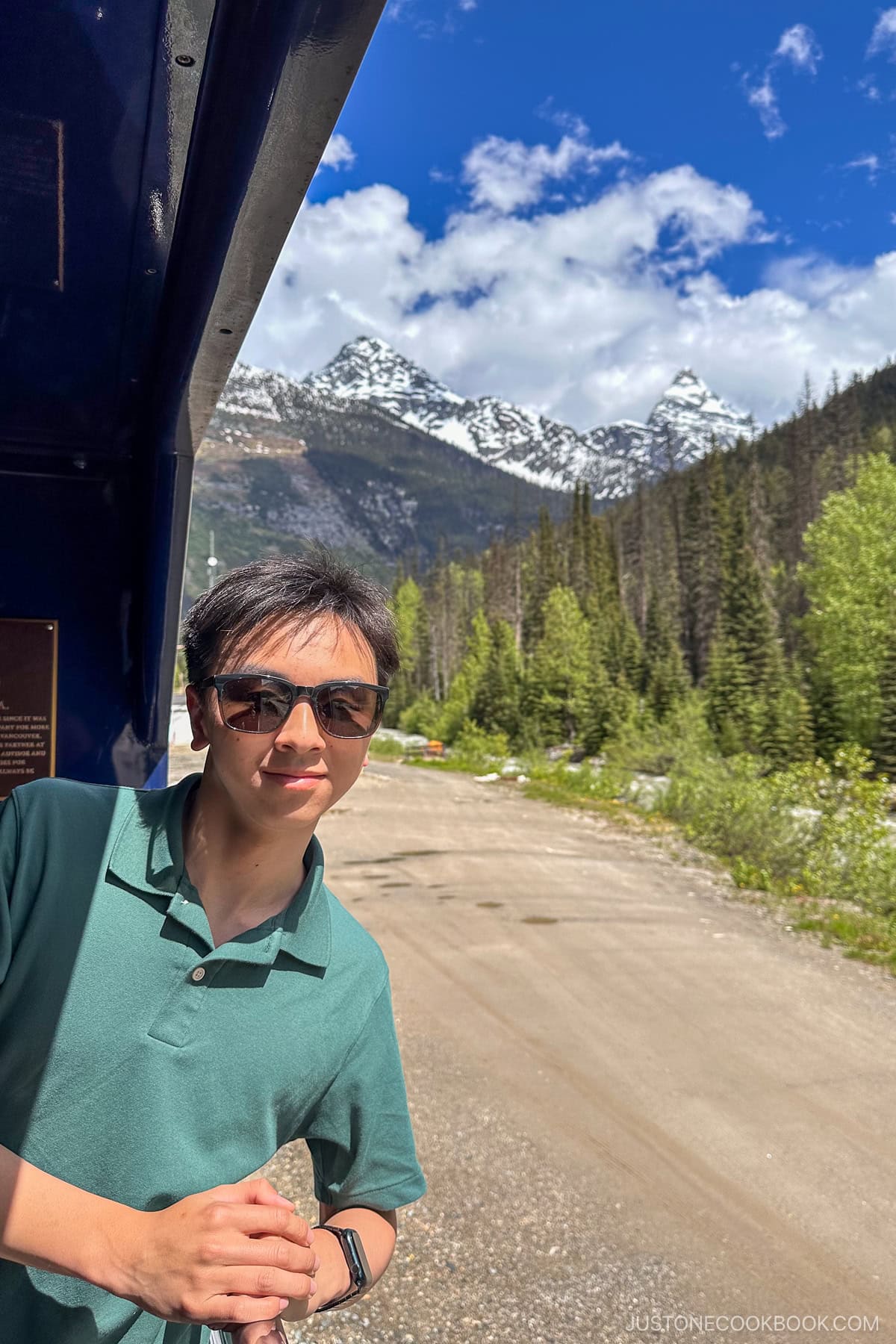
Quick Facts About Rocky Mountaineer
Best time to go: It only operates from April to October. June or September are the best months for the length of daylight and the most stunning scenery. In June, the trees are lush and green with flowers in bloom, while in September, the autumn colors begin to blush across the landscape.
Things to note: The Rocky Mountaineer shares the rails with commercial cargo trains, so delays are expected as the commercial trains take priority. At times, the train had to stop for an extended period to allow cargo trains to pass, but since we weren’t in a hurry, it didn’t bother us.
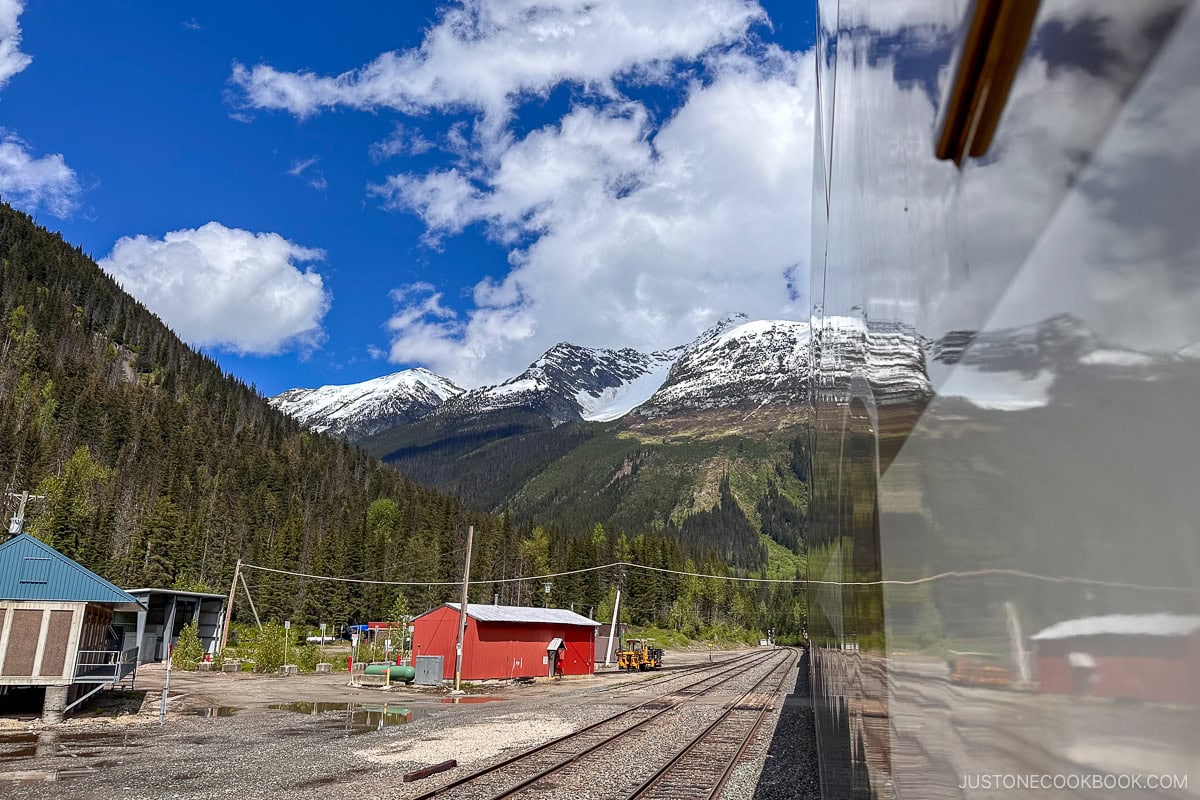
What to Know: Several route options are available, ranging from 2 to 6 days. The routes can go either eastward or westward. After researching online, many people recommended traveling eastward to experience entering the Rockies rather than moving away from them. We would recommend the same.
Day 1: Vancouver to Kamloops
We anticipated the views to be astonishing throughout the trip, and we were not disappointed! After departing Vancouver at 8 am, the train quickly left the city behind.
Scenic Farm Lands of the Fraser Valley
Settled in our plush chairs with steaming coffee and tea, we felt utterly pampered. Before long, we were gliding through the rich farmland of the lower mainland and into the expansive valley beyond.
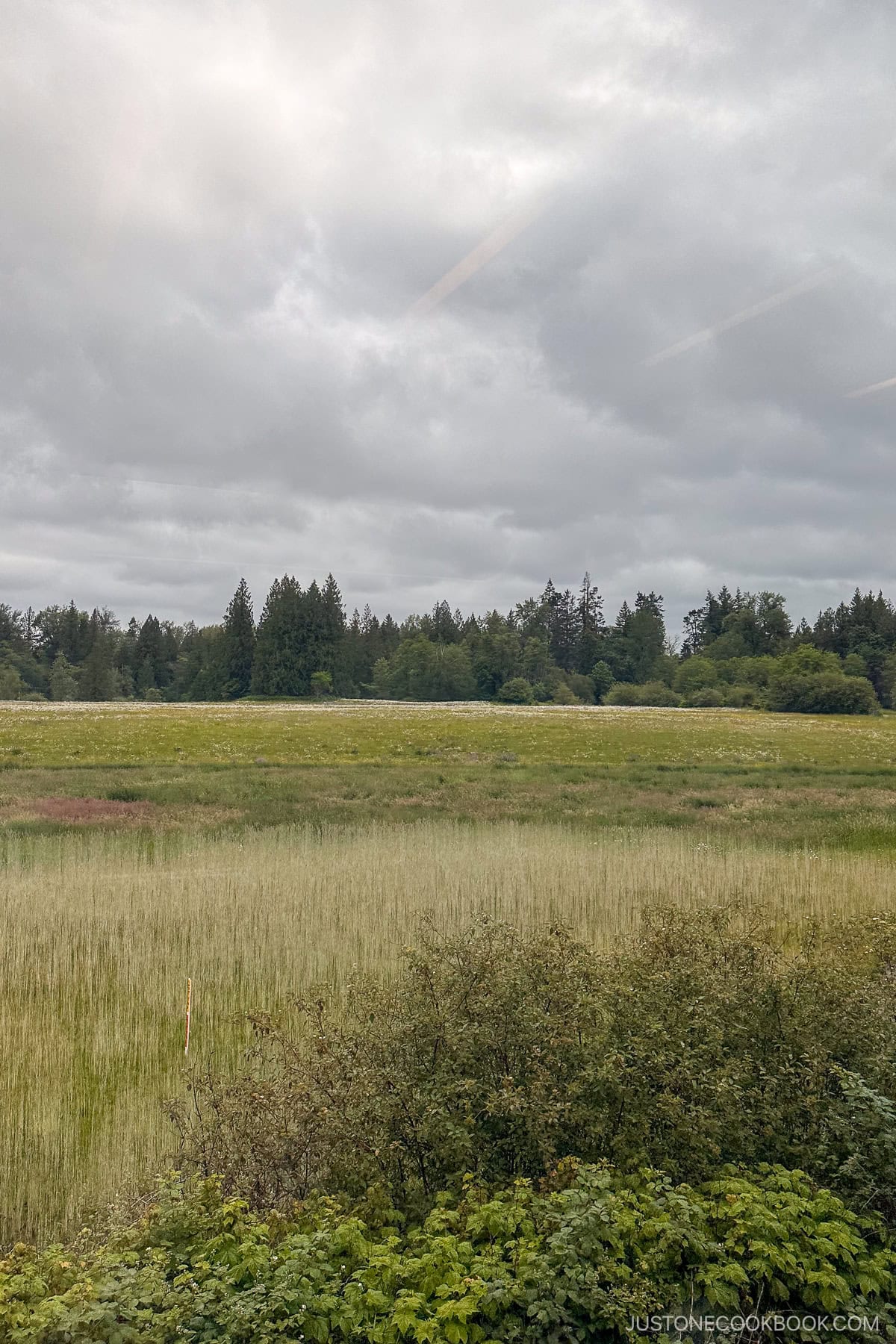
It wasn’t long before we encountered our journey’s most impressive companion: the mighty Fraser River.
The Mighty Fraser River and Hell’s Gate
Constructing this train route was no easy feat, and it’s easy to see why. The swirling white water reaches its most impressive point at the narrow passage known as Hell’s Gate, where the power of the mighty river really hits home. Leaving the churning white water behind, the scenery becomes even more impressive as the train presses on.
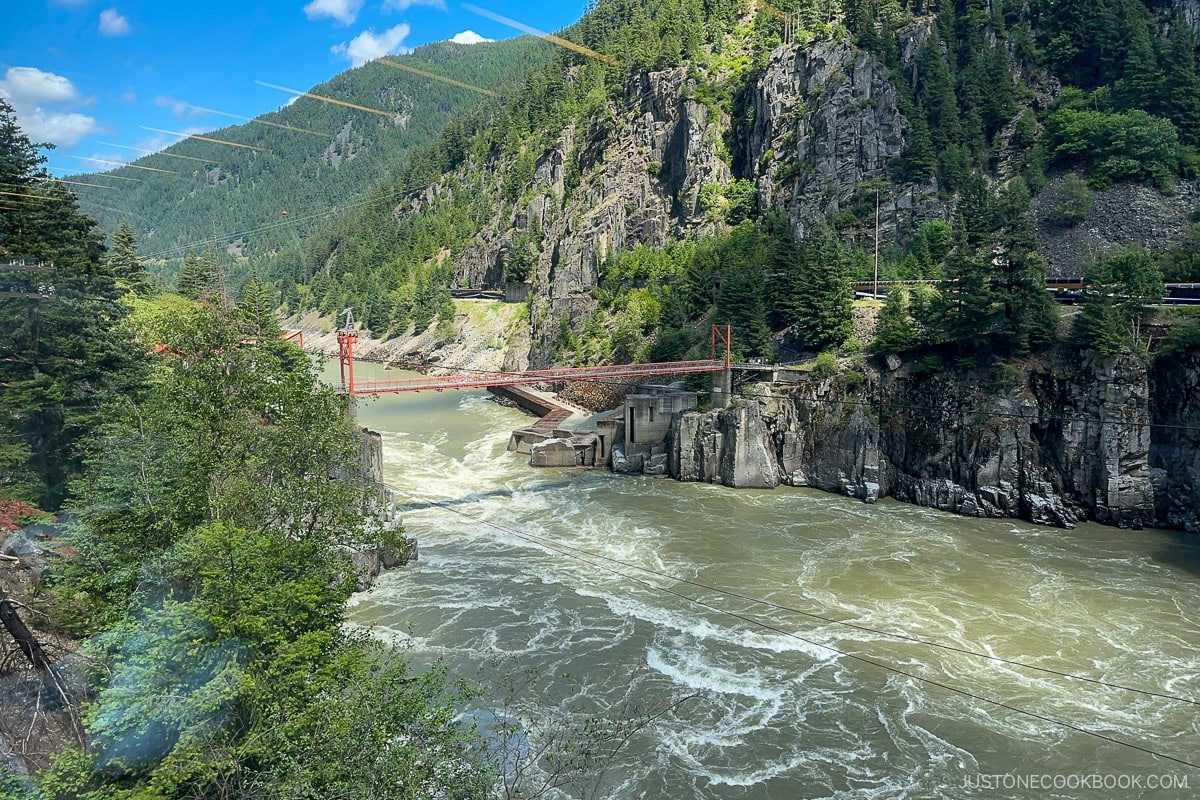
Besides the scenery, the guides did an excellent job describing the technology used to protect the train tracks. For example, they explained the rock avalanche sheds designed to protect the tracks from rockslides.
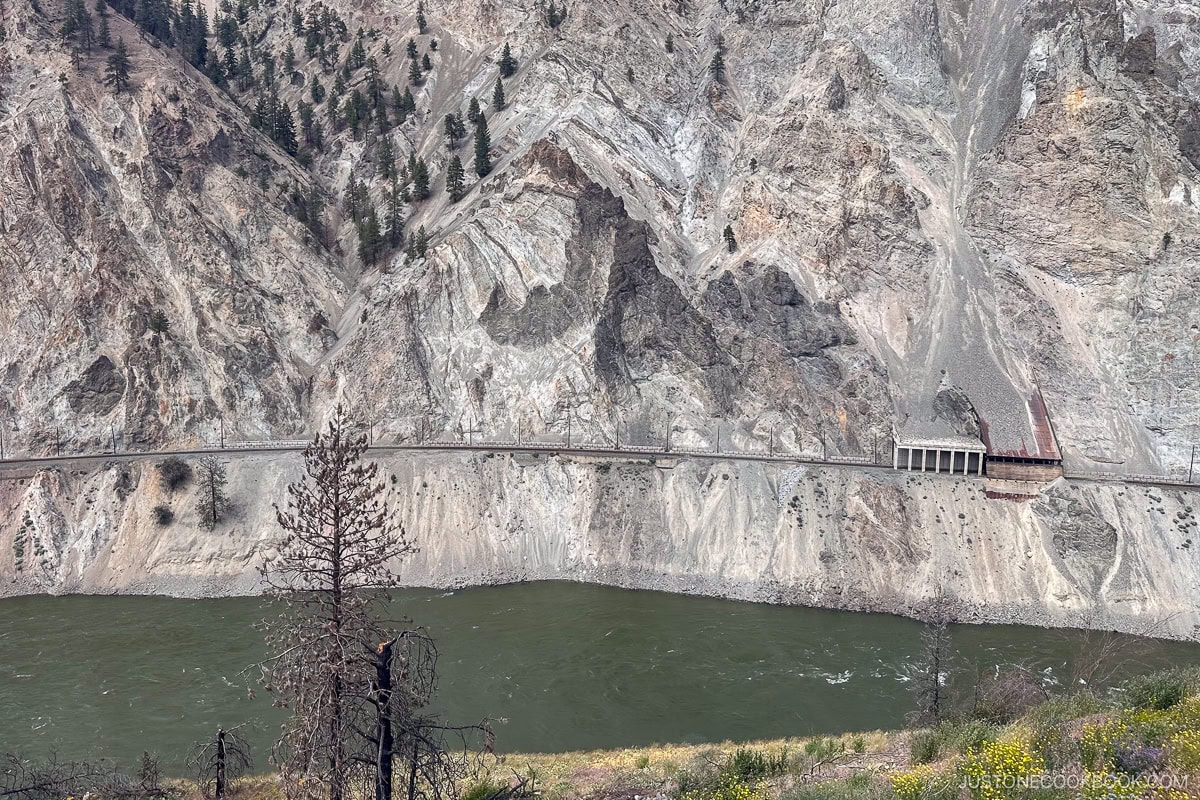
The facts about the construction of this part of the journey are also eye-popping:
The last spike was driven at a site called Craigellachie in 1885, after nearly a decade of construction.
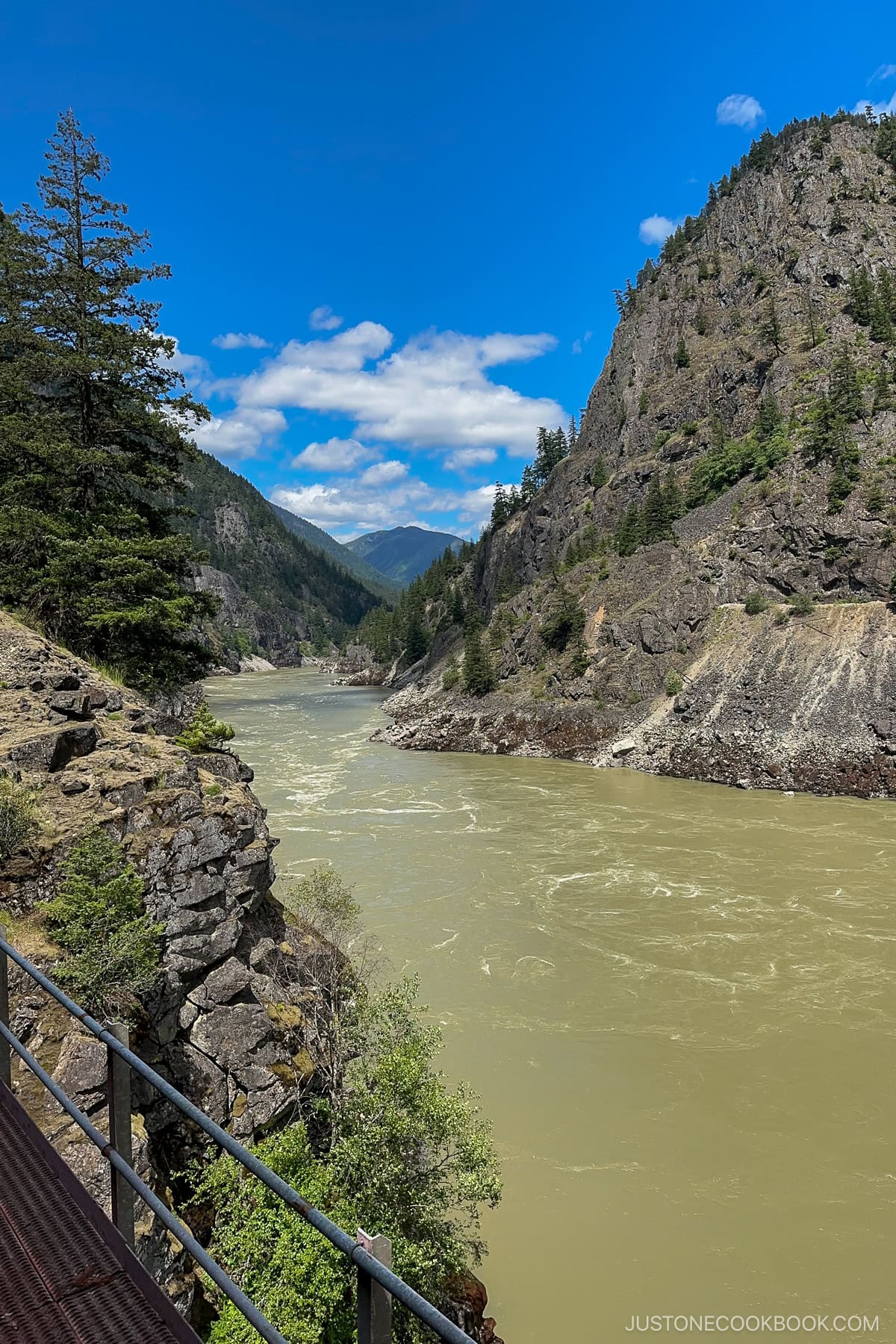
Hells Gate Gorge
One of the most challenging sections to build is encountered not long out of Vancouver, near Hope, where the train winds past the aptly named Hell’s Gate Gorge. This winding section of the railway held the record for the most expensive section ever built ($300,000 at the time of construction, nearly $12 million in today’s money). The elaborate tunnels were blasted and then nearly entirely hand-dug.

The Canadian Pacific Railway united the young nation of Canada, providing the first method of transport (besides horse and buggy) from coast to coast.
The section of railway from Vancouver to Kamloops was one of the most challenging, requiring a workforce of 10,000 men. The railway likely would not have been completed without enlisting labor from abroad—primarily from China and India.
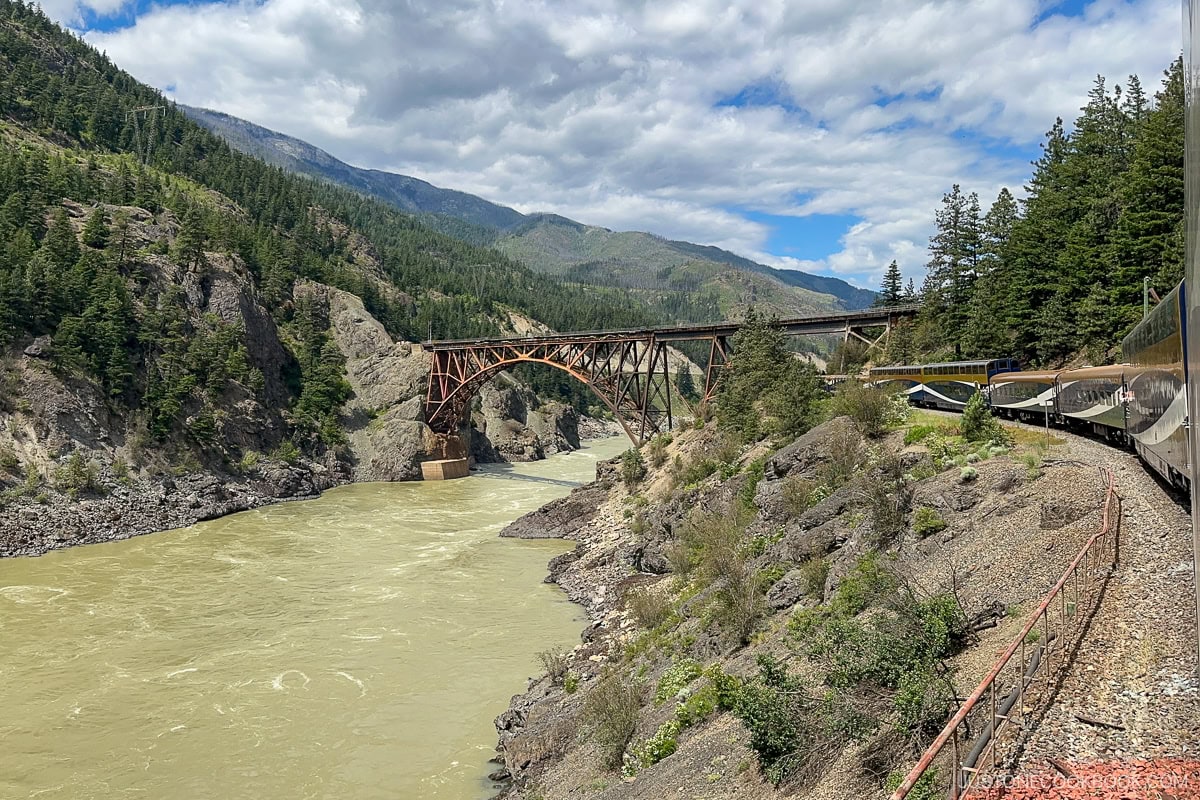
Our first day on the Rocky Mountaineer takes us to Kamloops in central British Columbia, where we will spend the night before tackling the steep climb into the Canadian Rockies. As we make our way to Kamloops, the train passes through dozens of tunnels. The engineer who built the Vancouver to Banff section of the railway apparently loved Shakespeare, as all the tunnels bear Shakespearean names: Othello, Portia, and more.
A Legacy of Fire
Another breathtaking natural feature is the evidence of fire damage: This area of British Columbia has endured consecutive summers of forest fires, and many scarred mountainsides bear witness to the devastation.
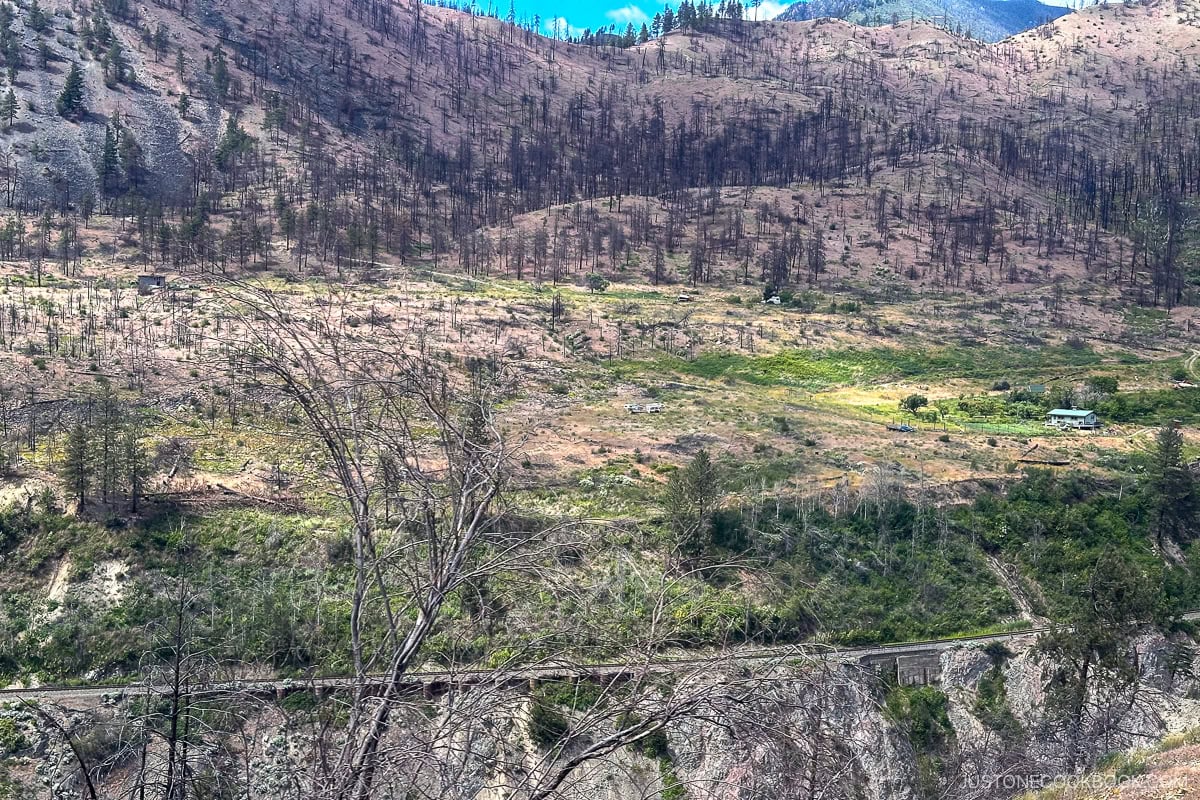
End of Day One: Kamloops
After a day filled with picture-taking and nature viewing, we are ready to disembark when our train comes to a halt in Kamloops. With a light pasta dinner to fortify us, we are shuttled to our respective hotels for the overnight stay. Our luggage was conveniently waiting for us inside the hotel room!
It will be a short stay in Kamloops, as our departure is set for a pre-dawn 6 am pick-up. Day two promises even more astonishing scenery, with some of the most significant elevation changes still to come.
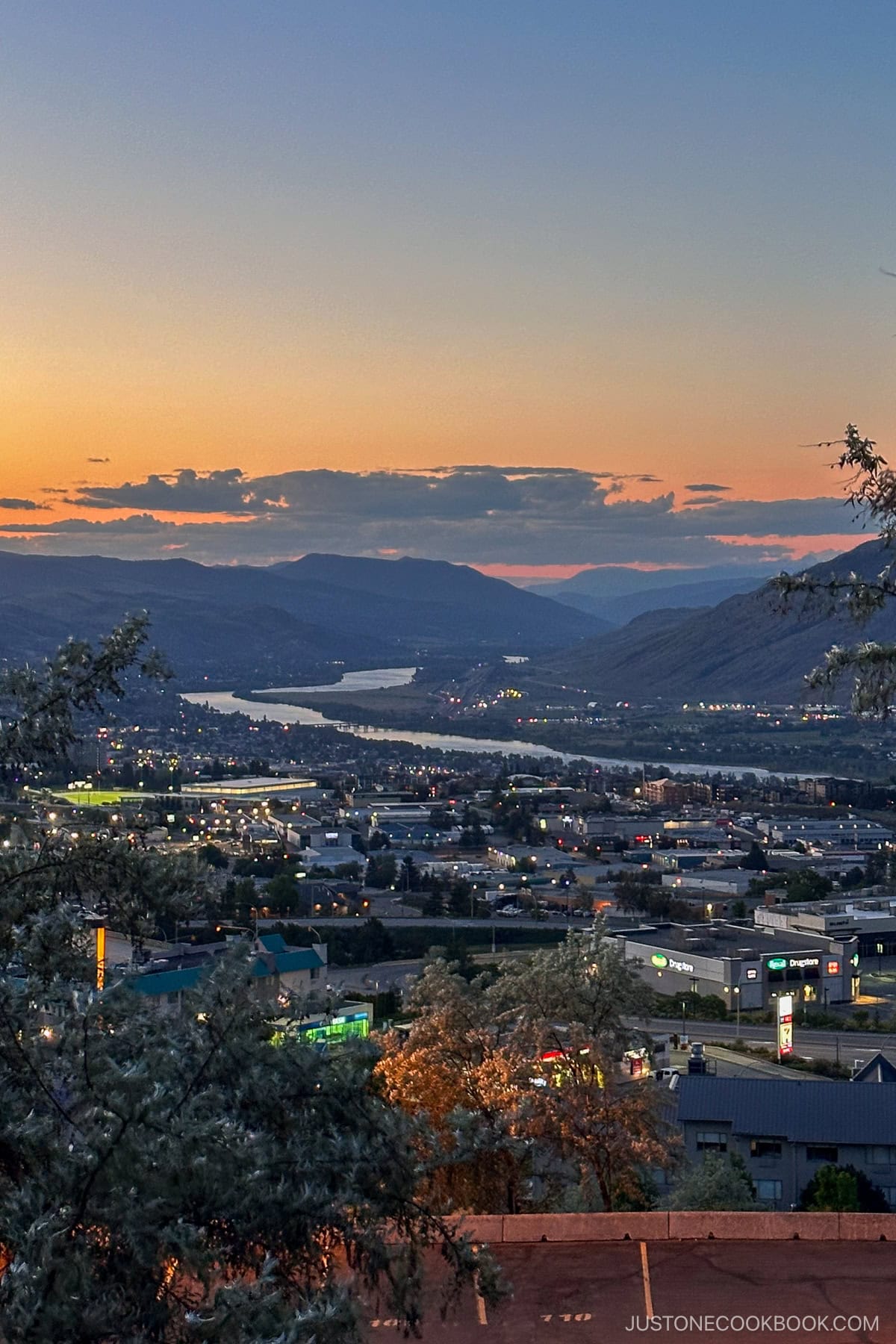
Day 2: Kamloops to Banff
Gathering around the train in the pre-dawn light, it looks like we are in for an even more impressive day of scenic sights. So far, it has been impossible to capture the majestic beauty of the mountains; the camera lens just cannot do it justice. That didn’t stop us from trying, though!
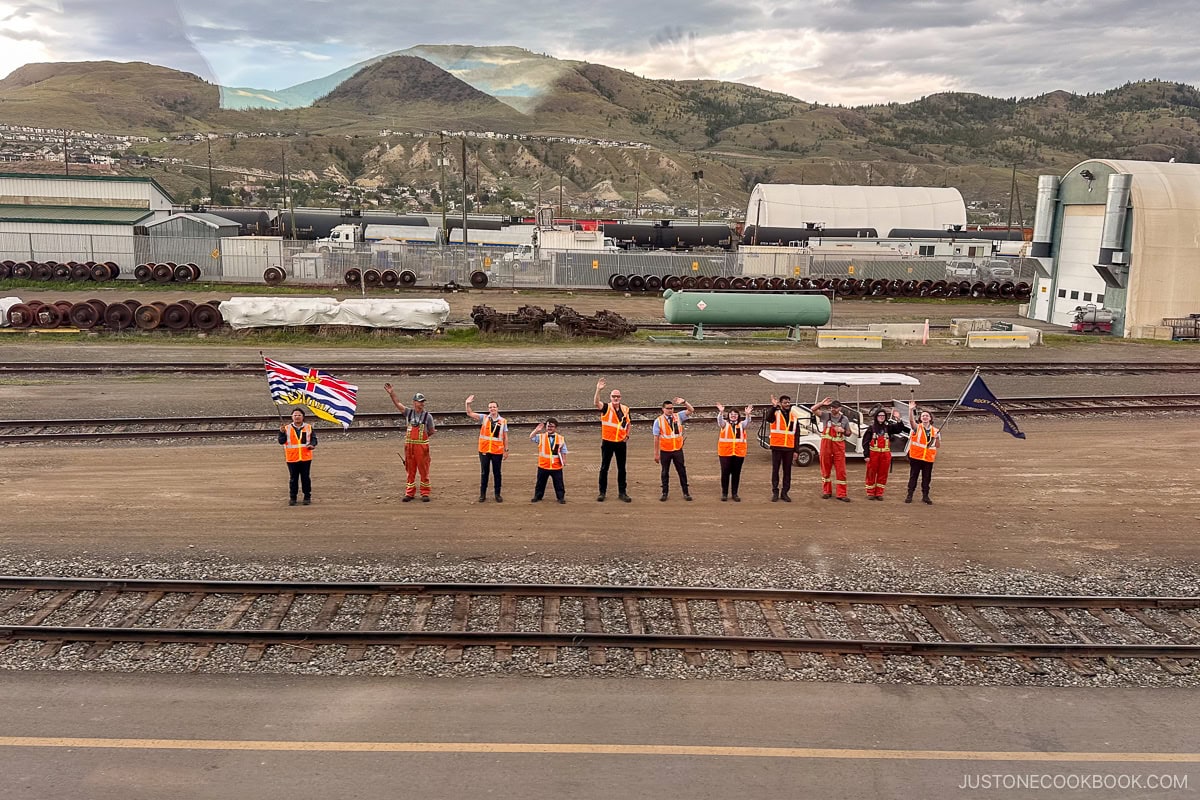
We are soon on our way again, seated comfortably with the smells of breakfast pastries wafting down the aisles. The food was, once again, excellent, though it was hard to tear our eyes away from the ever-changing scenery.
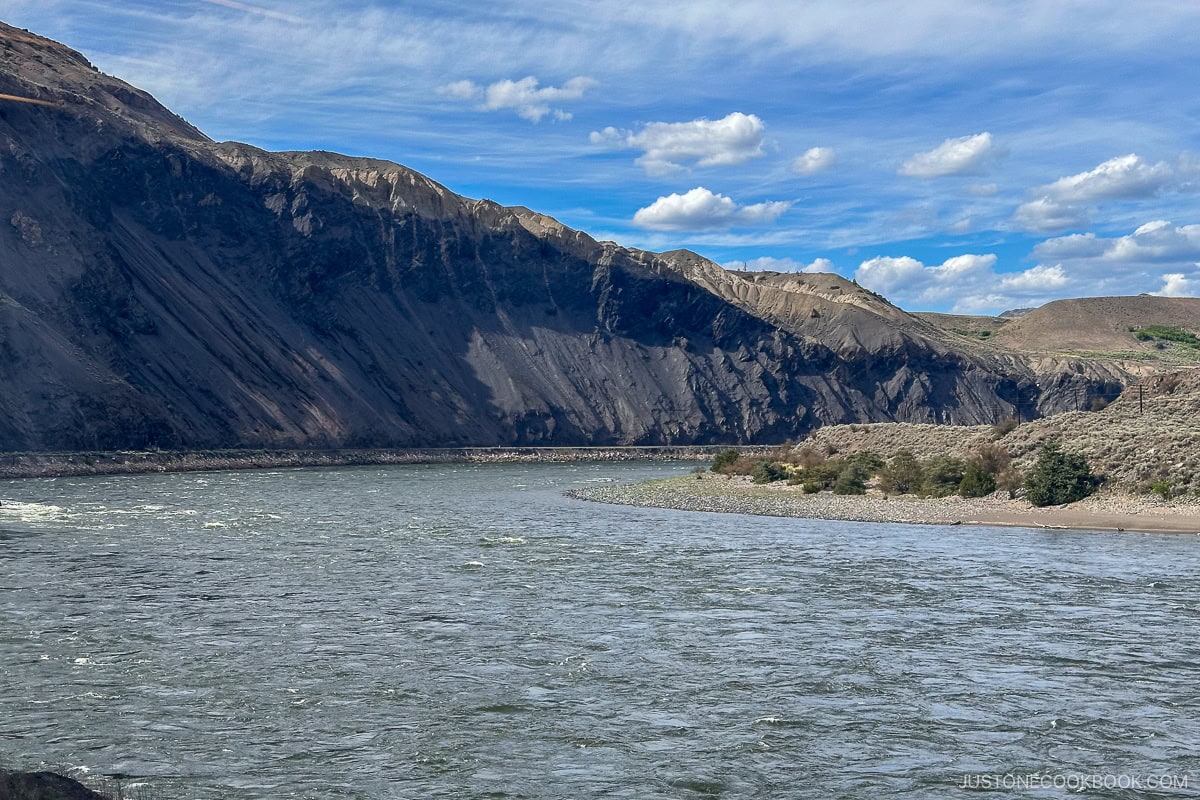
Bald eagles and ospreys soar over emerald-green rivers, while minerals in the glacier runoff paint the streams in a kaleidoscope of colors.
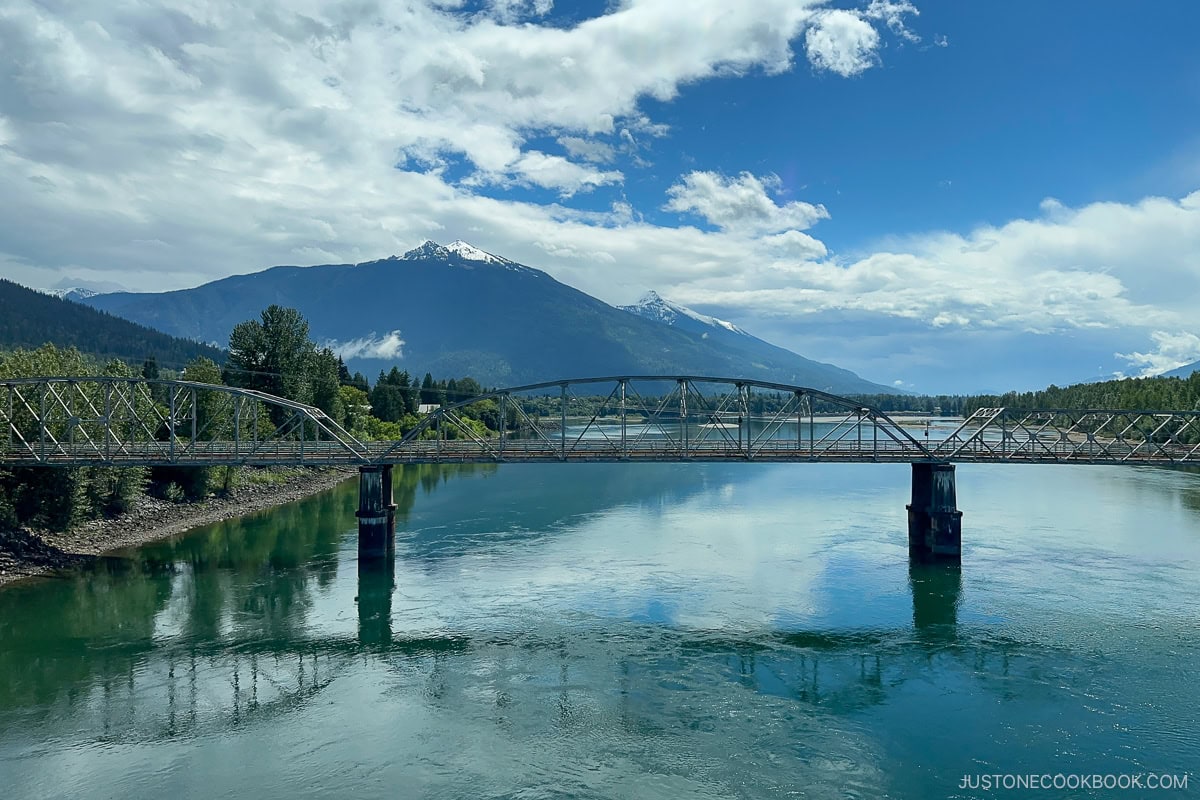
Heading Up into The Rocky Mountains
Twisting and turning, our train creaks its way up the steep canyons, slowly beginning its ascent into the Rocky Mountains. We have officially left the coastal mountains behind and are now entering peaks that soar over 10,000 feet. The gradient is so steep, in fact, that a marvel of railway engineering was required to accomplish the task. During our trip, we saw wildlife like bighorn sheep and black bears (though we weren’t able to capture good photos since the train was moving quickly).
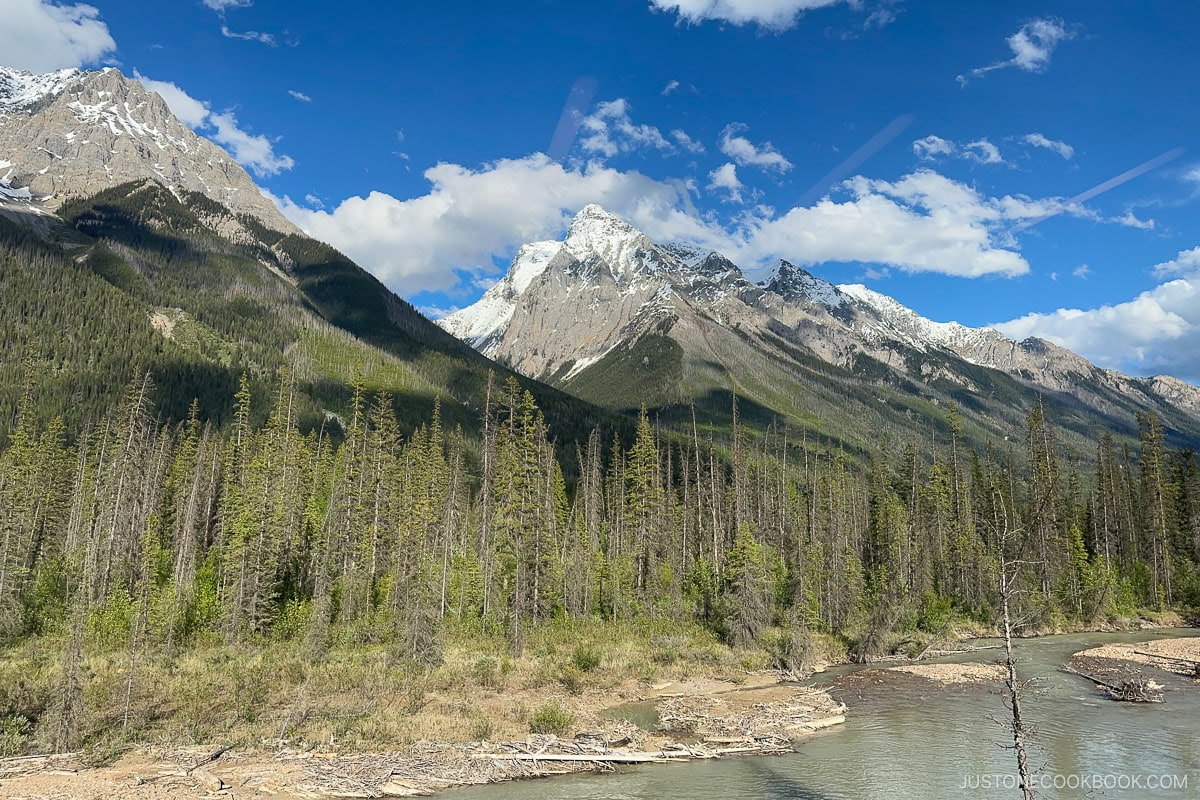
Engineering Marvels
Throughout the second day, the scenery continued to impress, and the entire family agreed it was one of the most special experiences we’ve ever had. As we approached Banff, the train passed through the spiral tunnels. This series of switchbacks and winding tunnels is considered a masterpiece of railway engineering even today. They were built by hand (at the turn of the century), making them even more impressive.
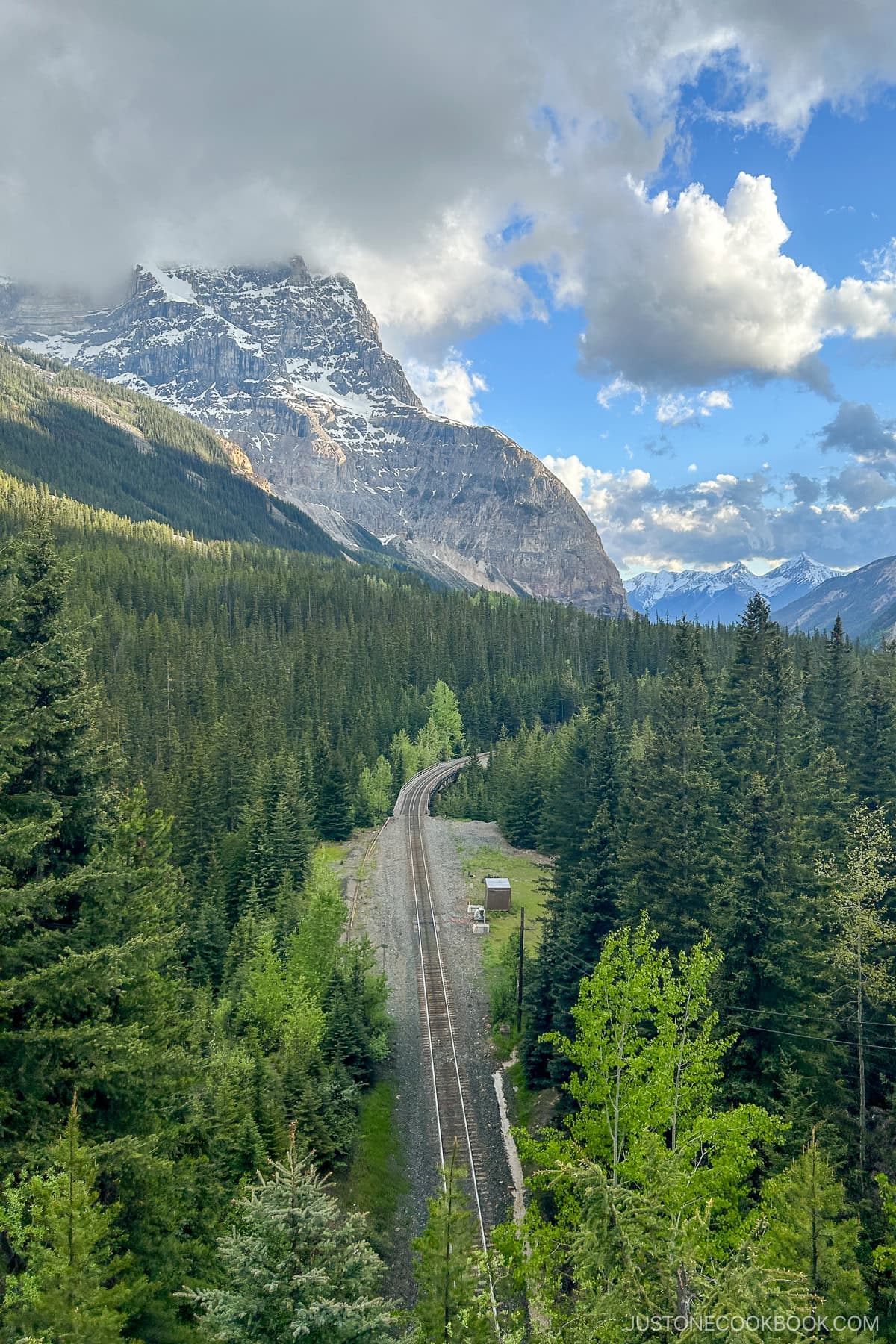
At this point, our Rocky Mountaineer must yield to commercial trains. We are sidelined for a while as these long, rumbling freight trains rattle past, but even that provides some scenic viewing. Some of these freight trains have over 200 cars.
End of Day Two: Banff
This far north, daylight lingers long into the evening, staying light until 11 p.m. at the peak of summer. This is fortunate, as it is 10:30 p.m. by the time our train arrives at Banff Station, marking the end of the Rocky Mountaineer portion of our trip. Buses were waiting to take passengers to their hotels in Banff for the night.
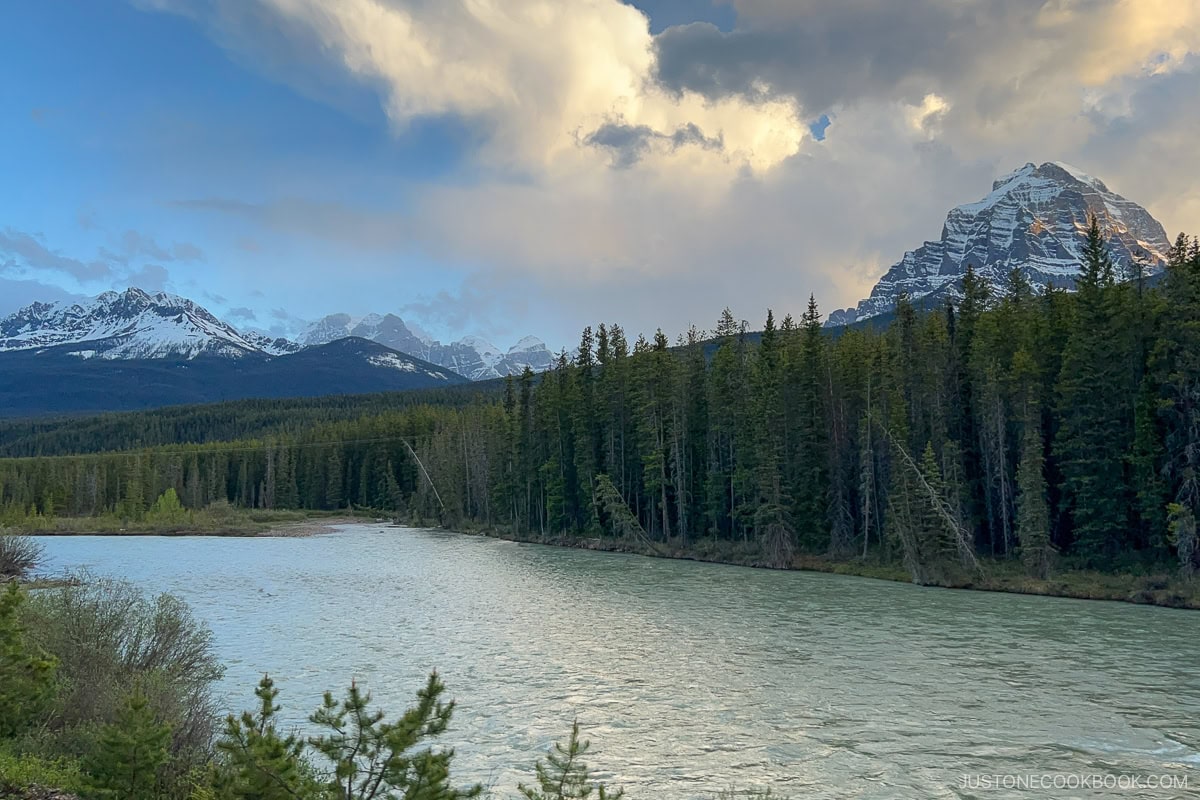
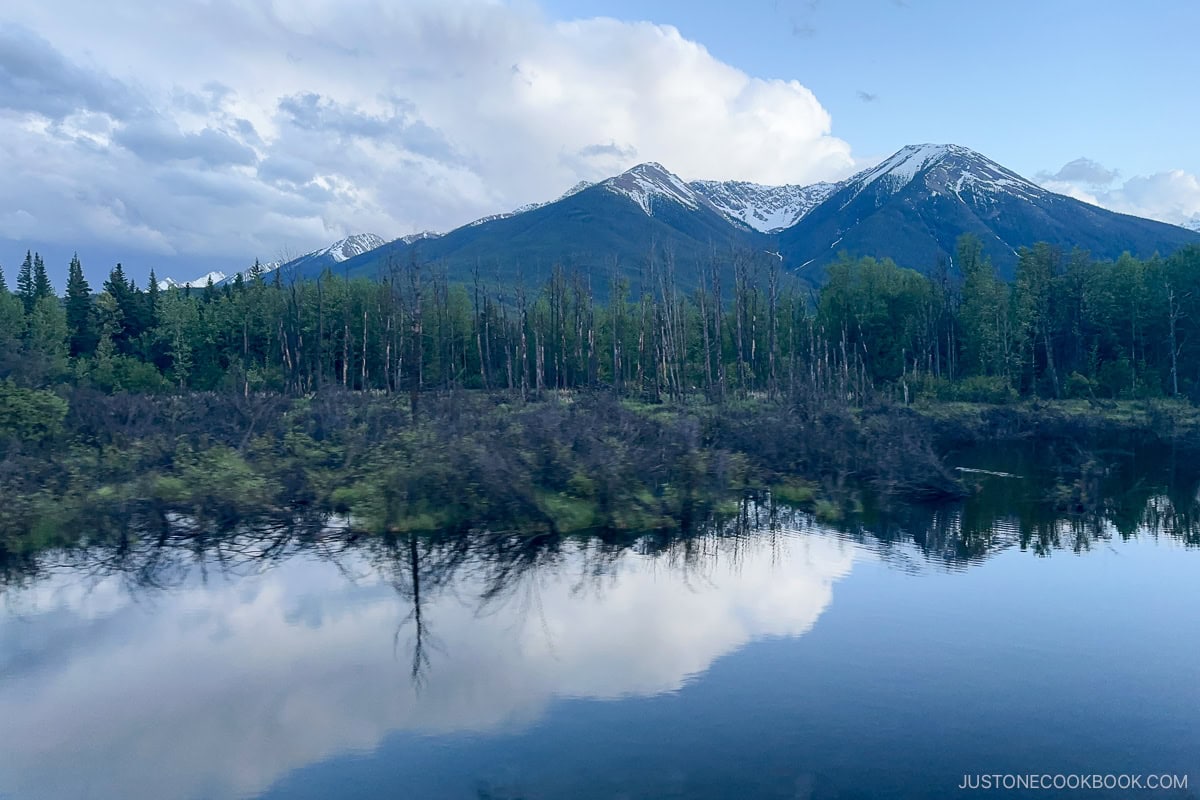
Next Adventures: Banff, Jasper, and Lake Louise
What a journey it has been so far! From Banff, we will rent a car to visit our next destinations: Jasper, Lake Louise, and eventually Calgary. Join us for part two, where the JOC team gets up close and personal with glaciers, mountains, and sprawling national parks.
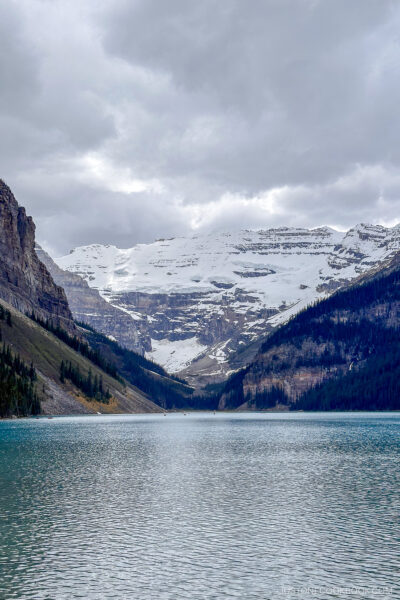
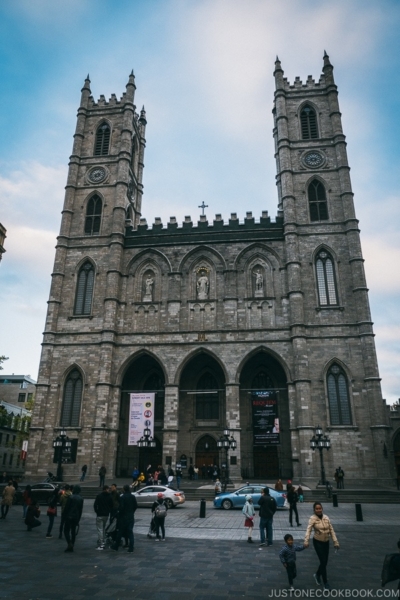
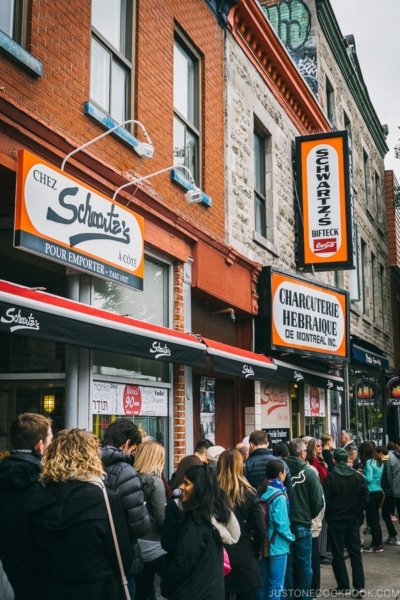




Thanks for posting about your trip! I live on the Alberta side and while I have driven through the mountains many times to Vancouver, I have never taken the train. I hope the rest of your trip goes as well! 🙂
Hi Alyssa, we saw the Trans Canada highway right next to the train track for most of the trip, so the drive must be so beautiful. There were several spots where we wished the train would stop to enjoy the view. Maybe one day, Nami and I will make the drive.
Thank you for telling us about your family’s experience with Rocky Mountaineer! It sounds like an amazing trip! I’m adding it to my travel bucket list. Is there a better side to sit on, right or left to view the scenery?
You don’t get to pick which side to sit on as it’s assigned seating. Views are great on both sides, but heading to Banff, I feel the scenery is slightly better on the left side of the aisle. However, that’s also the sunny side, and there’s no coverage from the roof. The glass can dim to offer some relief but doesn’t help that much.
Thank you! Just read about your family’s experience at Banff National Park and thoroughly enjoyed it! So much great info and tips!
I just rode on this train in July. My only word for the trip is MAGICAL!!!
A trip of a lifetime…
Hi Cheri, we felt the exact same way. Somehow, photos just don’t do it justice.
what a great suggestion about having a hat.
Hi Vel, thank you for stopping by to read the post. Yes, if you are sitting on the sunny side of the train, there’s nowhere to hide due to the glass roof.